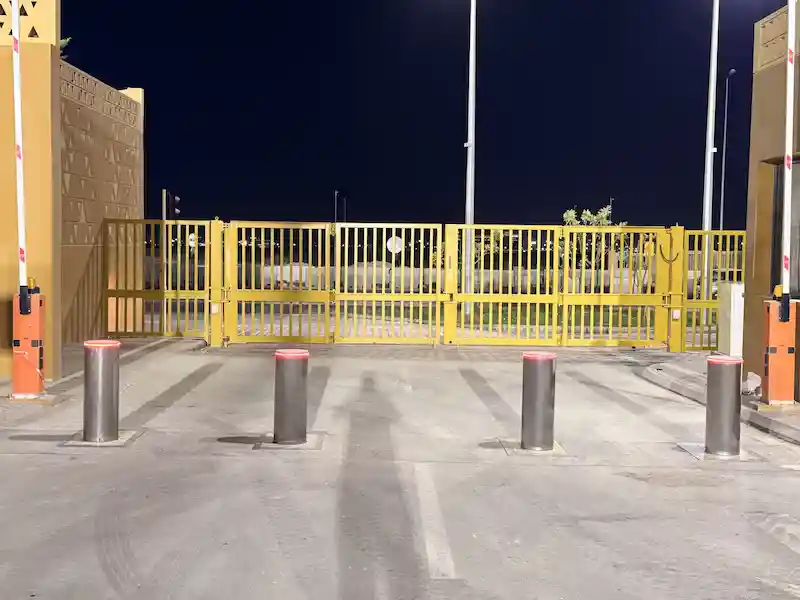
Key Benefits of LPS 1175 Security Gates for Critical Infrastructure Protection | LPCB Certified Security Solutions UAE
LPS 1175 security gates deliver proven, certified protection for critical infrastructure by resisting forced entry and covert attacks. Tested and approved by the Loss Prevention Certification Board (LPCB), these gates combine high security, traffic efficiency, and aesthetic flexibility—making them the trusted choice of security gate manufacturers and automatic gate barrier suppliers in UAE.
What Are LPS 1175 Security Gates?
LPS 1175 gates are LPCB-certified barriers designed to stop unauthorized entry. They’re used by UAE gates suppliers and security systems Gulf specialists for sites where protection is critical, including:
- Government buildings
- Transportation hubs
- Utility facilities
- Military and industrial complexes
Key Features:
- Tested against a wide range of tools and attack techniques
- SR1–SR8 security ratings for threat-specific protection
- Customizable for site design and operational needs
Security Ratings: SR1 to SR8 Explained
LPS 1175 ratings define how long a gate can resist attacks and what tools are used in testing.
- SR1: Basic protection from opportunistic attacks using hand tools
- SR2–SR3: Medium-risk sites; resists mechanical tools
- SR4–SR5: High-risk zones; withstand prolonged attacks with advanced tools
- SR6–SR8: Maximum protection for critical infrastructure; resists powered cutting tools
Pro Tip: Match your SR rating to your site’s risk assessment—higher ratings mean stronger resistance but higher cost and specialist installation.
From Issue 7 to Issue 8: Why It Matters
LPS 1175 Issue 8 refines classifications so gates manufacturers can specify products more accurately.
It accounts for evolving threats and helps automatic gate barrier suppliers in UAE deliver solutions that remain effective against modern attack methods.
Benefits for Urban Planning & Critical Infrastructure
Why choose LPS 1175-certified security gates?
Works with security systems Gulf for layered protection
Protects sensitive areas without restricting daily operations
Seamless integration into existing architecture
Supports smooth traffic flow when correctly positioned
Balancing Security with Traffic Flow
A security gate must stop threats without creating bottlenecks.
Best Practices:
- Install at strategic entry points
- Use automation to adapt to peak hours
- Coordinate with traffic engineers for optimal placement
Layered Protection: Bollards & Turnstiles
- Crash-rated bollards: Stop vehicle-based threats before reaching the gate line
- Full-height turnstiles: Control pedestrian access with integrated security systems
This multi-layered strategy is common among UAE gates suppliers for maximum protection.

Selecting the Right Gate: Factors to Consider
- Threat Level – Match SR rating to risk profile
- Aesthetics – Ensure compatibility with site design
- Traffic Needs – Maintain efficiency for vehicles and pedestrians
- Customization – Adapt to operational requirements
- Budget & Maintenance – Balance upfront costs with long-term upkeep
Installation & Maintenance Best Practices
- Always use certified gates manufacturers or approved installers
- Follow manufacturer installation guidelines
- Schedule regular inspections for mechanical and electronic components
- Keep a maintenance log for compliance and warranty purposes
Security Without Compromise
By choosing LPS 1175-certified security gates from trusted gates suppliers in UAE, urban planners and infrastructure managers can achieve the perfect balance between safety, efficiency, and aesthetics.
When paired with bollards, turnstiles, and other security systems Gulf solutions, these gates form the backbone of a resilient perimeter defense strategy.
Next Step: Explore our certified solutions at www.fpgulf.com or contact our technical team for tailored recommendations.